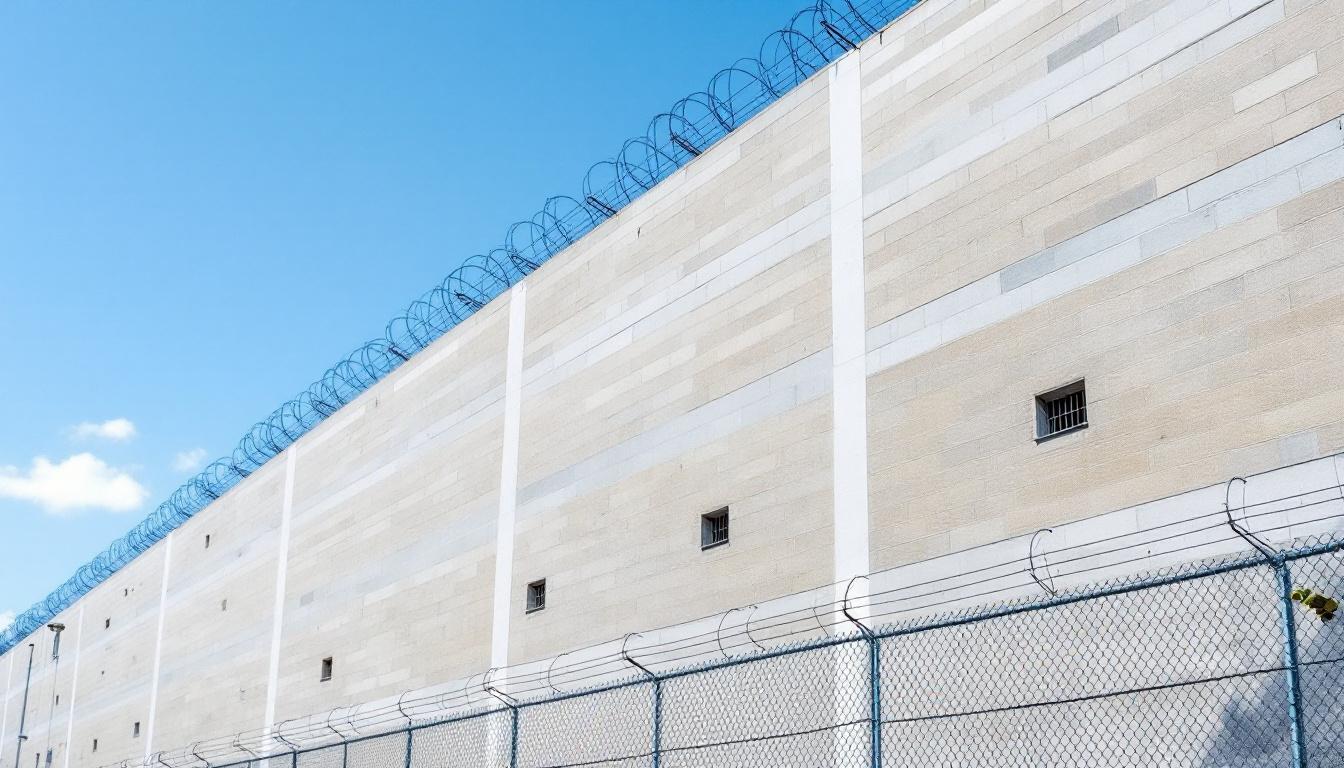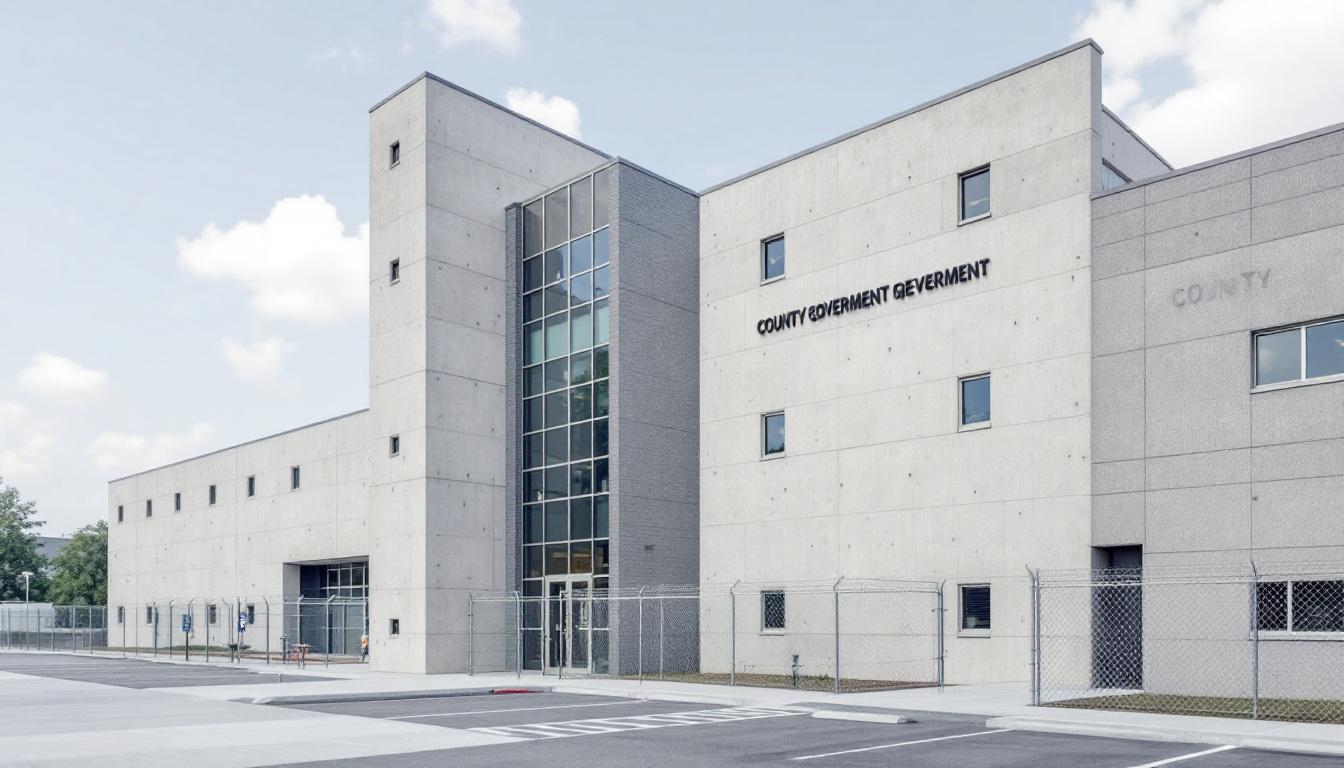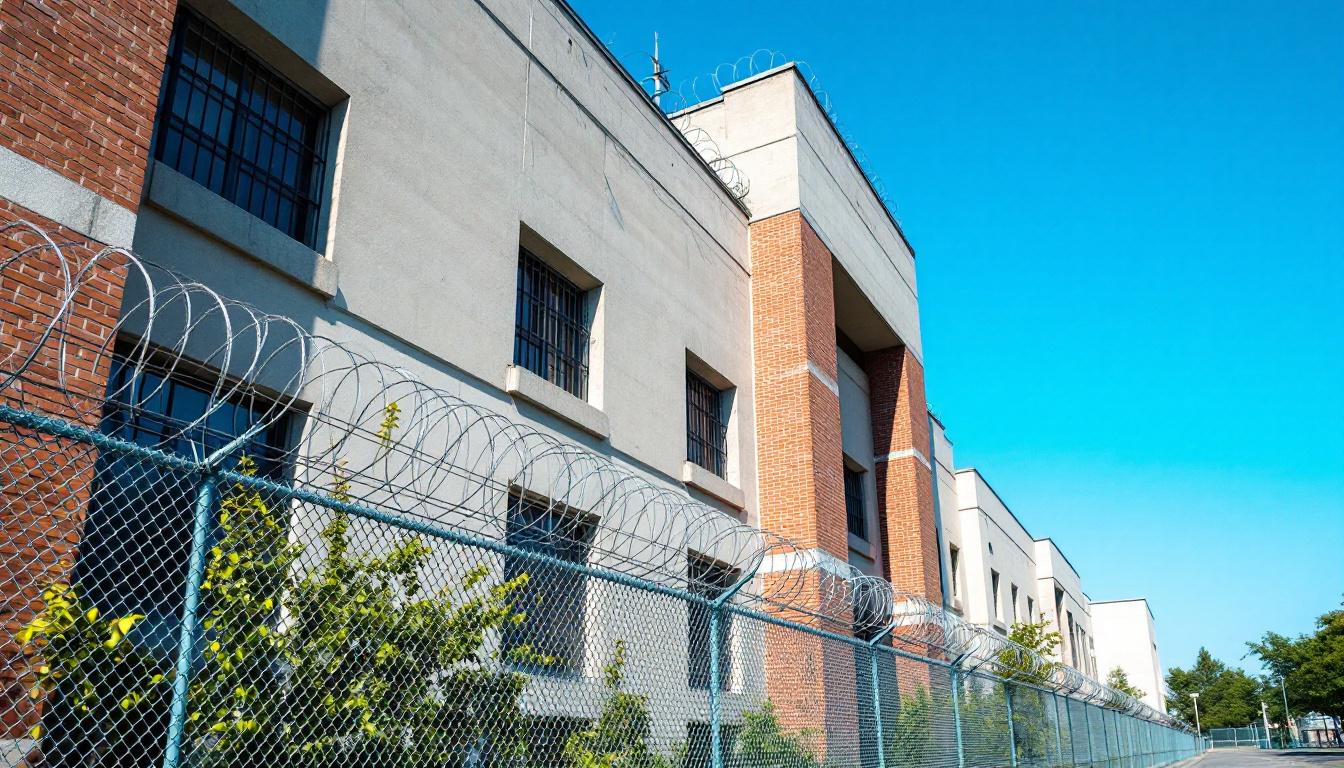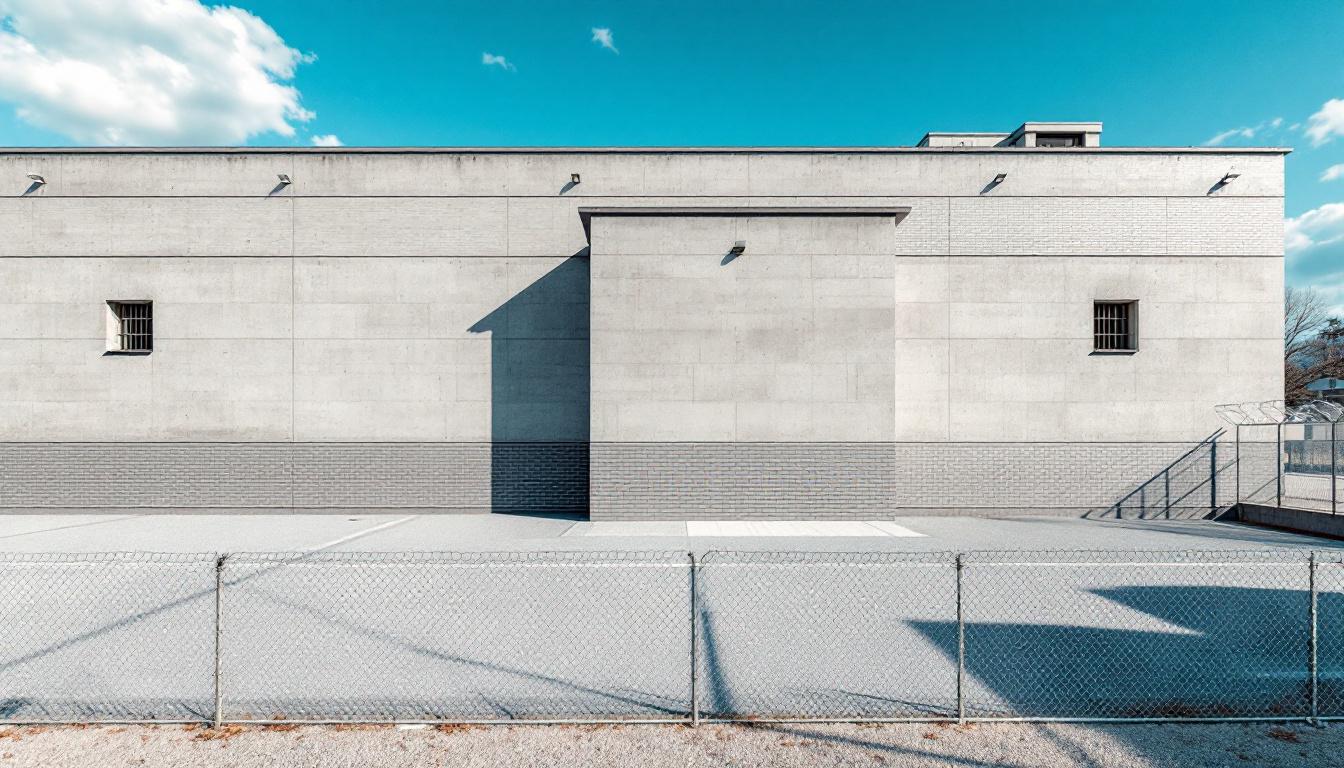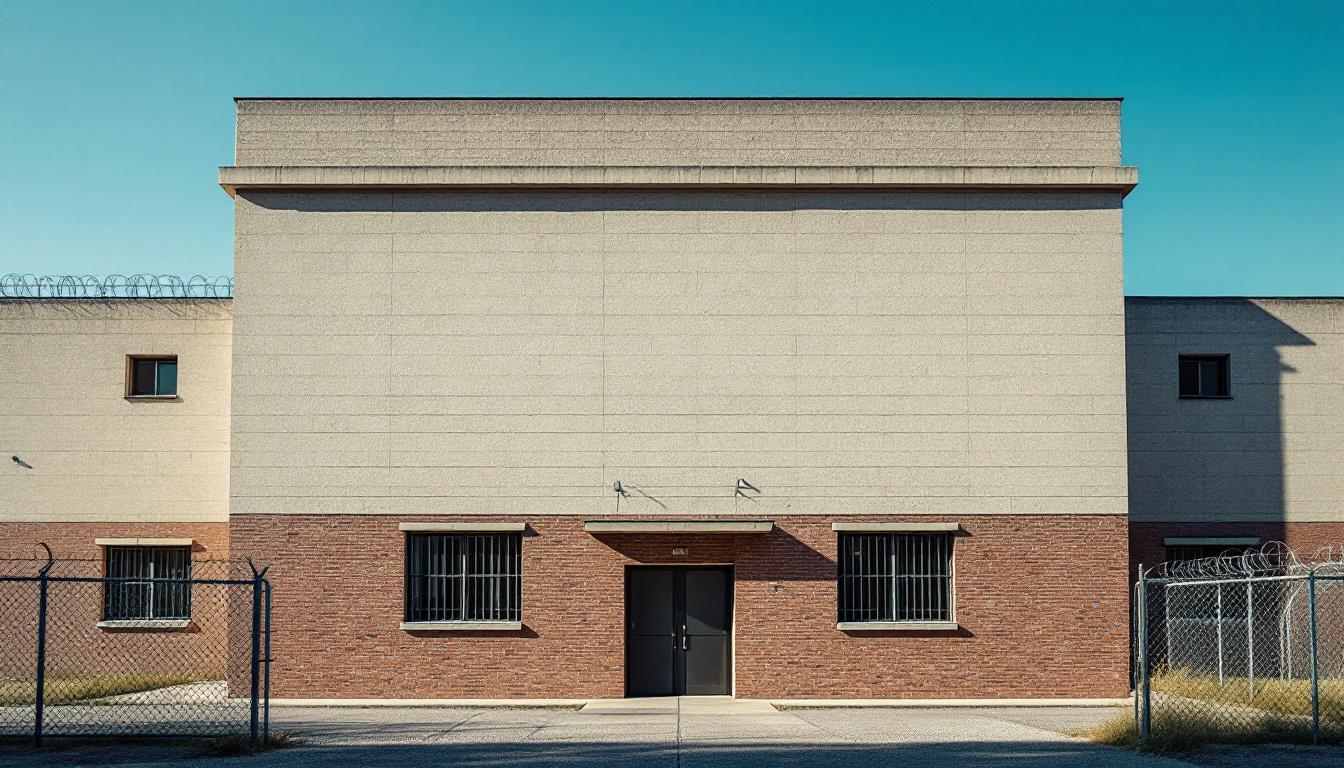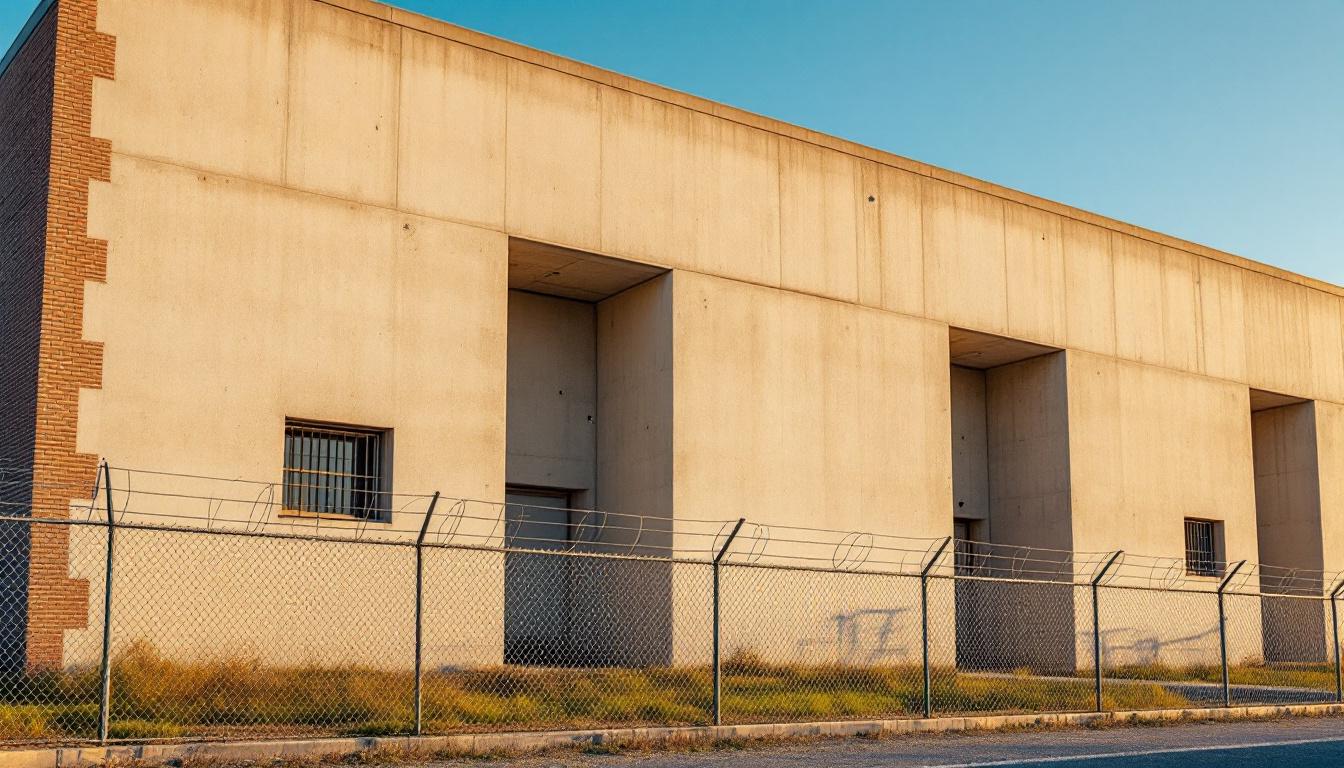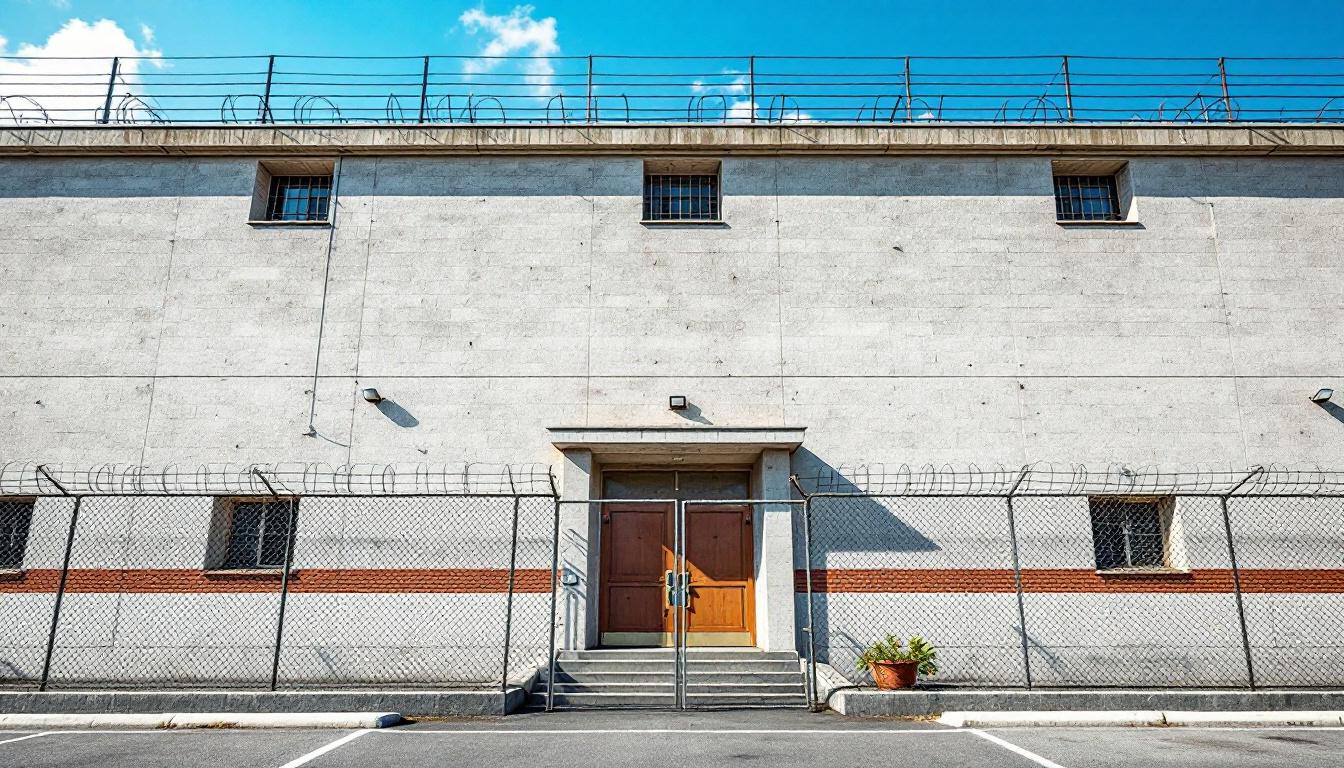
Quick Navigation
How to contact an inmate at Bailey County Sheriff's Office
This comprehensive guide will walk you through how to connect with an inmate at Bailey County Sheriff's Office. Follow the steps below to find an inmate and send letters and photos:
- Search for the inmate using our search tool below
- Create your account or log in to Penmate
- Write your message (up to 6,000 characters)
- Send instantly - inmates receive printed copies daily
Find an Inmate
Search for an inmate to start communicating today
Tip: You can search by first name, last name, or inmate ID number
To contact a person at Bailey County Sheriff's Office start by searching for the person on the official facility website. Perform a search by following these steps:
- Step 1: Enter their first name and last name into the search form and click "Search"
- Step 2: Locate their inmate record
- Step 3: Write down their Inmate ID and any housing information provided
Important! Be sure to enter the person's full name. Nicknames should not be used.
How to Send Messages to Inmates

You can use your phone or computer to send emails, letters, and photos to an inmate. Messages are sent electronically to inmate tablets or kiosks at the facility. If you would like to send a message, start by searching for an inmate at Bailey County Sheriff's Office.
Sending Photos and Postcards

A great way to send love and support to a loved one at Bailey County Sheriff's Office is to send photos and postcards. It only takes a few minutes to send photos from your phone and it makes a huge difference. You can also mail postcards with words of support and inspiration, or design your own postcard for special moments like birthdays and holidays.
Important! Be sure not to send any explicit photos or they may not be approved by the facility. You can also use a photo printing app like Penmate to make sure your photos are printed at the correct size (4x6 or 3x5) and are mailed according to the rules and regulations of Bailey County Sheriff's Office.
Frequently asked questions about Bailey County Sheriff's Office
-
How long does it take to deliver a message?
If you're sending an email message your letter is usually delivered within 24-48 hours. For messages sent via mail you should expect delivery within 3-7 days. All messages will need be approved by Bailey County Sheriff's Office.
-
How much does it cost to send a message to Bailey County Sheriff's Office?
You can send a message free using your phone or mail a message via USPS for the price of a $0.60 stamp and envelope. You can also purchase credits or e-stamps from services starting at $1.99.
-
What services can I use to contact an inmate at Bailey County Sheriff's Office?
Penmate
You can use Penmate to send letters and photos to an inmate from your phone. It's an easy way to stay in touch during your loved one's incarceration. Use the inmate locator to find an inmate's location and contact information, then you can send messages within a few minutes.
Securus messaging
Securus may be another option for communicating with an inmate at Bailey County Sheriff's Office. You can create a friends and family account and purchase credits to send messages. All messages will be reviewed and must be approved by the facility.
JPay
Some county jails and state prisons may support sending messages with JPay. You must register an account with the system, find your loved one, and purchase stamps to send messages. For some locations you can also attach photos.
Smart Jail Mail
You may also check if Smart Jail Mail is available at Bailey County Sheriff's Office. Smart Jail Mail is operated by Smart Communications and has contracted with some state and county jails. After purchasing credits, your messages and photos are sent to the facility, printed out, and then handed out to your loved one.
-
What is the mailing address of Bailey County Sheriff's Office?
Mailing address:
Bailey County Sheriff's Office
405 W 2nd St
Muleshoe, TX 79347
Phone: (806) 272-4268Business hours:
- Monday: 8:00 AM – 5:00 PM
- Tuesday: 8:00 AM – 5:00 PM
- Wednesday: 8:00 AM – 5:00 PM
- Thursday: 8:00 AM – 5:00 PM
- Friday: 8:00 AM – 1:00 PM
- Saturday: Closed
- Sunday: Closed
-
What are the visiting hours at Bailey County Sheriff's Office?
Visiting hours at Bailey County Sheriff's Office vary by housing unit and security level. Generally, visits are scheduled on weekends and holidays, with some facilities offering weekday visits. Contact the facility directly at (806) 272-4268 or check their website for the current visiting schedule. Visits typically last 30-60 minutes and must be scheduled in advance.
-
What items are prohibited when sending mail to Bailey County Sheriff's Office?
Prohibited items typically include: cash, personal checks, stamps, stickers, glitter, glue, tape, staples, paperclips, polaroid photos, musical or blank greeting cards, hardcover books, magazines with staples, and any items containing metal or electronics. Only send letters on plain white paper with blue or black ink. Photos must be printed on regular photo paper (no Polaroids). Always check with Bailey County Sheriff's Office for their specific mail policies.
-
How do I send money to an inmate at Bailey County Sheriff's Office?
You can send money to an inmate at Bailey County Sheriff's Office through several methods: 1) Online using JPay, Access Corrections, or the facility's approved vendor, 2) Money orders mailed directly to the facility with the inmate's name and ID number, 3) Kiosks located in the facility lobby, or 4) Over the phone using a credit or debit card. Fees vary by method, typically ranging from $2.95 to $11.95 per transaction.
-
Can I schedule a video visit with an inmate at Bailey County Sheriff's Office?
Many facilities now offer video visitation as an alternative to in-person visits. At Bailey County Sheriff's Office, video visits may be available through services like Penmate, Securus Video Connect, GTL, or ICSolutions. Video visits typically cost $10-20 for 20-30 minutes and must be scheduled in advance. You'll need a computer or smartphone with a camera and reliable internet connection. Contact the facility for their specific video visitation policies and approved vendors.
-
What identification do I need to visit an inmate at Bailey County Sheriff's Office?
All visitors must present valid government-issued photo identification such as a driver's license, state ID, passport, or military ID. Minors must be accompanied by a parent or legal guardian who can provide the minor's birth certificate. Some facilities require visitors to be on the inmate's approved visitation list, which may require a background check. Contact Bailey County Sheriff's Office for specific ID requirements and visitor approval procedures.
-
How can I find out an inmate's release date?
To find an inmate's release date at Bailey County Sheriff's Office, you can: 1) Use the online inmate search tool if available, 2) Call the facility's records department, 3) Contact the inmate's case manager or counselor, or 4) Have the inmate provide this information during a call or visit. For privacy reasons, some facilities only release this information to immediate family members.
Facility Overview
Contact Information
Bailey County Sheriff's Office405 W 2nd St
Muleshoe, TX 79347
Phone: (806) 272-4268
Official Website

About Bailey County Sheriff's Office
Nestled in the heart of Muleshoe, Texas, Bailey County Jail TX operates as a vital component of the local criminal justice system, serving residents across this tight-knit agricultural community in the Texas Panhandle. This TX correctional facility maintains the delicate balance between ensuring public safety and providing meaningful opportunities for personal growth among those in its care. The facility typically houses individuals awaiting trial, serving shorter sentences, or transitioning through various stages of the legal process, all while maintaining security protocols appropriate for a county-level institution.
The jail's approach to residents services generally emphasizes both accountability and rehabilitation, recognizing that many individuals will eventually return to the Muleshoe community and surrounding Bailey County areas. Programming may include educational opportunities, substance abuse counseling, and vocational training designed to address underlying issues that often contribute to criminal behavior. Staff members typically work to connect inmates with community resources and support systems that can facilitate successful reintegration upon release.
As part of Texas's broader correctional network, Bailey County Jail often collaborates with local organizations, courts, and social services to ensure comprehensive support for both inmates and their families. The facility may offer visitation programs, commissary services, and communication options that help maintain important family connections during incarceration. Through this balanced approach to security and rehabilitation, the county jail serves as more than just a detention center—it functions as a bridge between accountability for past actions and hope for positive change in the future.
Programs & Services
Comprehensive rehabilitation initiatives at Bailey County Jail typically center around addressing the underlying factors that contribute to criminal behavior while preparing residents for successful community reintegration. The facility's approach often emphasizes skill development and personal growth through structured programming that may deliver both immediate benefits during incarceration and long-term advantages upon release. These initiatives frequently focus on building practical competencies alongside addressing behavioral patterns that residents can apply in their daily lives.
Educational and vocational initiatives form a cornerstone of the facility's rehabilitation efforts. Literacy programs may offer residents opportunities to improve basic reading and writing skills, which often serves as a foundation for further learning and employment prospects. These educational services typically include GED preparation and basic academic instruction tailored to individual learning levels. Moreover, vocational training initiatives often provide hands-on experience in trades and technical skills that align with local employment opportunities, helping residents develop marketable abilities that may enhance their job prospects after release.
Support services and therapeutic initiatives complement the educational components through comprehensive programming designed to address various aspects of personal development. Work programs typically allow residents to gain practical experience while contributing to facility operations, fostering responsibility and work ethic development. Faith-based initiatives may offer spiritual guidance and community support for those seeking religious involvement in their rehabilitation journey. Additionally, time management programs often help residents develop organizational skills and personal accountability, while prison industries initiatives may provide structured work environments where residents can apply learned skills while earning modest compensation for their efforts.
Daily Life & Visitation
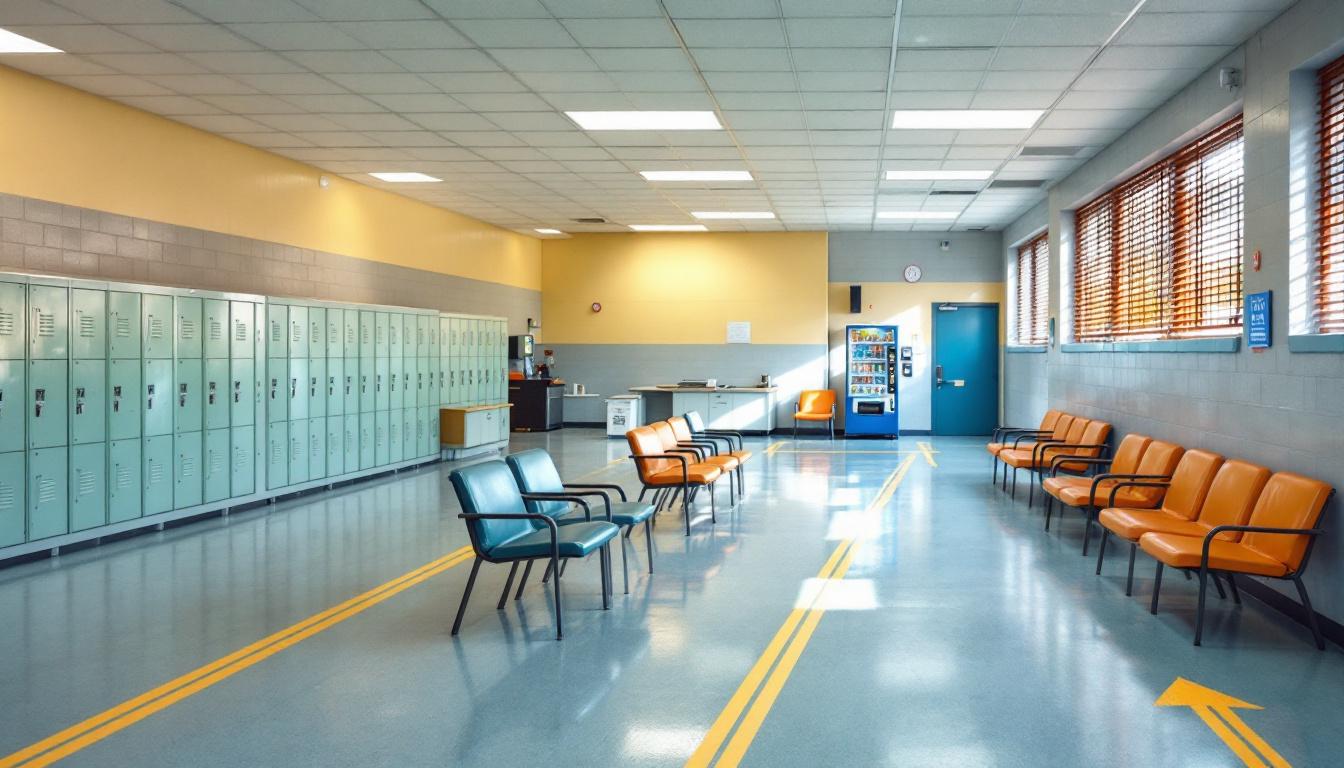
Structure and consistency form the backbone of each day, with residents following established routines that begin early and continue through evening hours. Today's schedule typically mirrors yesterday's and tomorrow's, creating a predictable framework that many residents find helps them navigate their time more effectively. Wake-up calls generally occur in the early morning hours, followed by facility counts, meal service, and the beginning of daily activities that may include work assignments, educational programs, or recreational periods.
Living accommodations at Bailey County Jail typically consist of housing units designed to accommodate multiple residents, with sleeping areas that may include bunk-style arrangements. Residents usually receive basic bedding and personal hygiene items, though they often have opportunities to purchase additional commissary items to supplement their daily needs. Meals are generally served at consistent times throughout the day in designated dining areas, with menus that typically rotate to provide variety while meeting nutritional requirements. Moreover, the facility usually maintains specific procedures for distributing meals and managing dining periods to ensure orderly operations.
Recreational opportunities often deliver important structure to residents' days, with access to common areas, reading materials, and exercise periods that may include outdoor time when weather and security considerations permit. Work assignments within the facility typically provide residents with purposeful activities while contributing to daily operations, though availability may vary based on individual circumstances and facility needs. Whereas in-person visitation policies generally operate on scheduled basis with specific guidelines, residents usually maintain contact with family members through phone calls and correspondence, helping preserve important connections during their stay.
Ready to Connect?
Start communicating with your loved one today
Search for an Inmate
